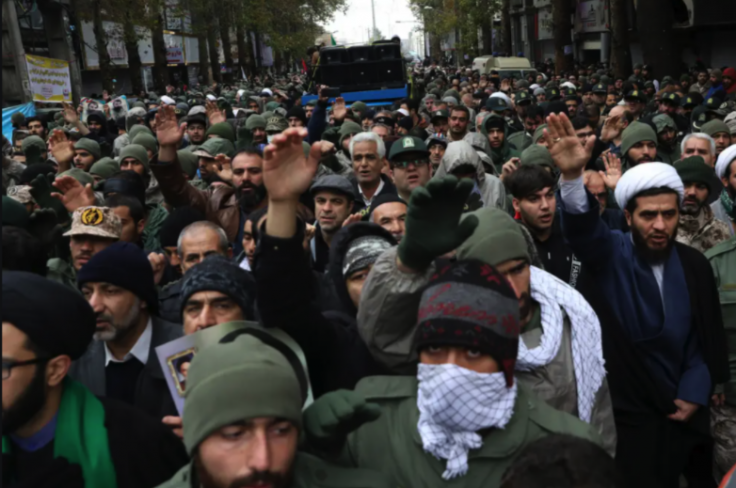Iran has sentenced to death Ruhollah Zam, a journalist-turned-activist, for allegedly fueling anti-government protests and unrest in late 2017 via social media, authorities announced on Tuesday.
Zam received the death penalty on charges of "corruption on earth," one of the country's most serious offences, according to a judiciary spokesman.
Zam had been living and working in exile in Paris before being convinced by Iran's Revolutionary Guards to return to Iran in an intelligence operation and was arrested in October 2019. He had been granted political asylum in France, having been imprisoned in Iran after the disputed 2009 presidential election.
Zam's Website, Telegram Channel

Zam used to run a website called AmadNews that shared embarrassing videos and information about Iranian authorities. The journalist also ran a channel on the encrypted messaging app Telegram that spread messages about timings and organizational details of protests in 2017-2018 in addition to videos from the demonstrations.
The channel, which had more than 1.4 million followers, drew the attention of Iranian authorities who accused Zam of inciting violence and unrest. The Telegram channel was shut down by the Iranian government after claiming it spread information about how to make petrol bombs. The channel later reopened under a different name.
Zam is the son of the Shia cleric Mohammad Ali Zam, a reformist who served in a government policy position in the early 1980s. The cleric wrote a letter published by Iranian media in July 2017 in which he said he would not support his son over AmadNews's reporting and messages on its Telegram channel.
2017-2018 Anti-Government Protests in Iran

The 2017 protests were triggered by a sudden hike in food prices. Many believed that opponents of Iranian President Hassan Rouhani instigated the protests in the city of Mashhad in eastern Iran, trying to fuel anger towards the president. However, as the protests spread across the country, the backlash was directed towards the entire ruling class.
The initial spark for the 2017 protests was a sudden jump in food prices. Many believe that hardline opponents of Iranian President Hassan Rouhani instigated the first demonstrations in the conservative city of Mashhad in eastern Iran, trying to direct public anger at the president. But as protests spread from town to town, the backlash turned against the entire ruling class. The 2017 protests reportedly saw some 5,000 people detained and 25 killed.
Soon, cries challenging Rouhani and Supreme Leader Ayatollah Ali Khamenei could be heard in videos circulated by Zam. The journalist, who has said he fled Iran after being falsely accused of working with foreign intelligence services, denied inciting violence on Telegram at the time and will be able to appeal the death penalty.









